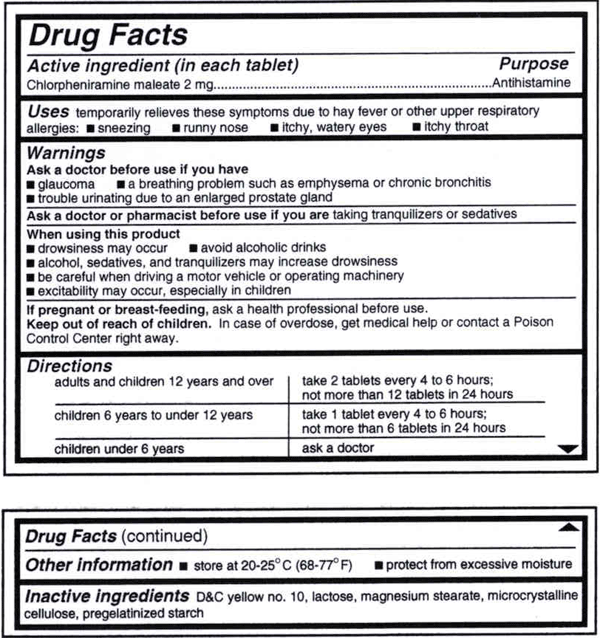 |
 |
 |
 |
 |
|||||
|
|||||||||
|
|
|||||||||
|
|
|
|
|
|
The New Over-the-Counter Medicine Label: Take a Look Graphic version in
PDF format
Always Read the Label Reading the product label is the most important part of taking care of yourself or your family when using over-the-counter (OTC) medicines (available without a prescription). This is especially true because many OTC medicines are taken without seeing a doctor. The OTC medicine label has always contained important usage and safety information for consumers, but now that information will be more consistent and even easier to read and to understand. The U.S. Food and Drug Administration (FDA) has issued a regulation to make sure the labels on all OTC medicines (from a tube of fluoride toothpaste to a bottle of cough syrup) have information listed in the same order; are arranged in a simpler eye-catching, consistent style; and may contain easier to understand words. While the new labels on a majority of OTC drug products will be appearing on store shelves soon, some products and companies have additional time to comply with the new labeling regulations. If you read the OTC medicine label and still have questions about the product, talk to your doctor, pharmacist, or other health care professional. Tamper-Evident Packaging: An Important Safety Feature The makers of OTC medicines widely use tamper-evident packaging for their products. This is to help protect consumers against possible criminal tampering. Drug products with tamper-evident packaging have a statement on the packaging describing this safety feature. It is always important to inspect the outer packaging before you buy an OTC drug product and to look at the product again before you take it. What's On The New Label All nonprescription, over-the-counter (OTC) medicine labels have detailed usage and warning information so consumers can properly choose and use the products. Below is an example of what the new OTC medicine label looks like.
The new Drug Facts labeling requirements do not apply to dietary supplements, which are regulated as food products, and are labeled with a Supplement Facts panel.
Reading the Label: The Key to Proper Medicine Use The label tells you what a medicine is supposed to do, who should or should not take it, and how to use it. But efforts to provide good labeling can't help unless you read and use the information. It's up to you to be informed and to use OTC drug products wisely and responsibly. The manufacturers of OTC medicines sometimes make changes to their products or labeling (new ingredients, dosages, or warnings). Make sure to read the label each time you use the product. Always look for special "flags" or "banners" on the front product label alerting you to such changes. If you read the label and still have questions, ask your doctor, pharmacist, or other health care professional for advice. The Label Also Tells You...
Many OTC medicines are sold in containers with child safety closures. Use them properly. Remember—keep all medicines out of the sight and reach of children. FDA CHPA For free single or bulk quantities of the printed pamphlet, contact: Consumer Healthcare Products Association Or email your request to www.chpa-info.org
Date created: March 7, 2006 |
|
|
|
||||||
|
|
||||||
|
|
||||||
